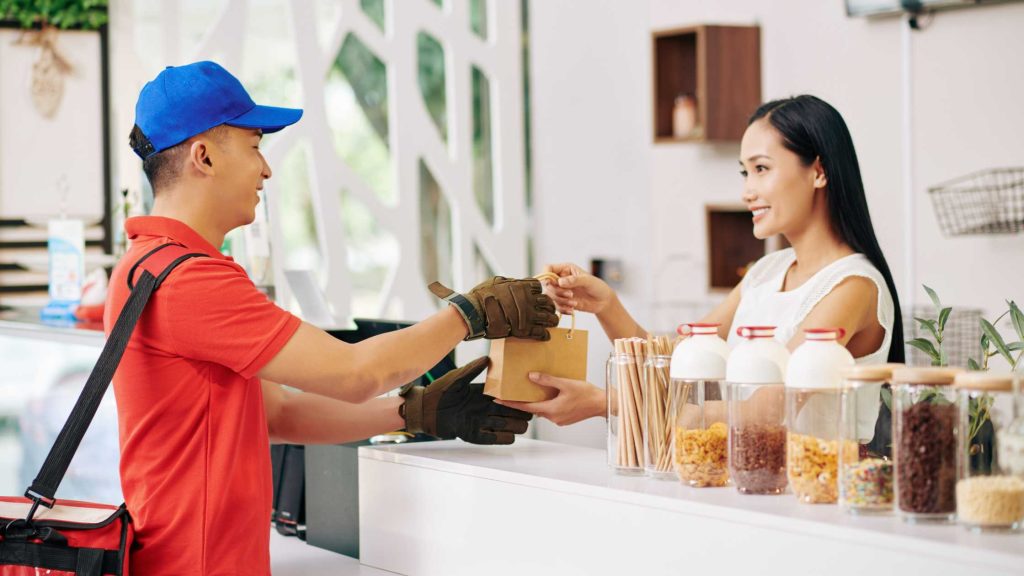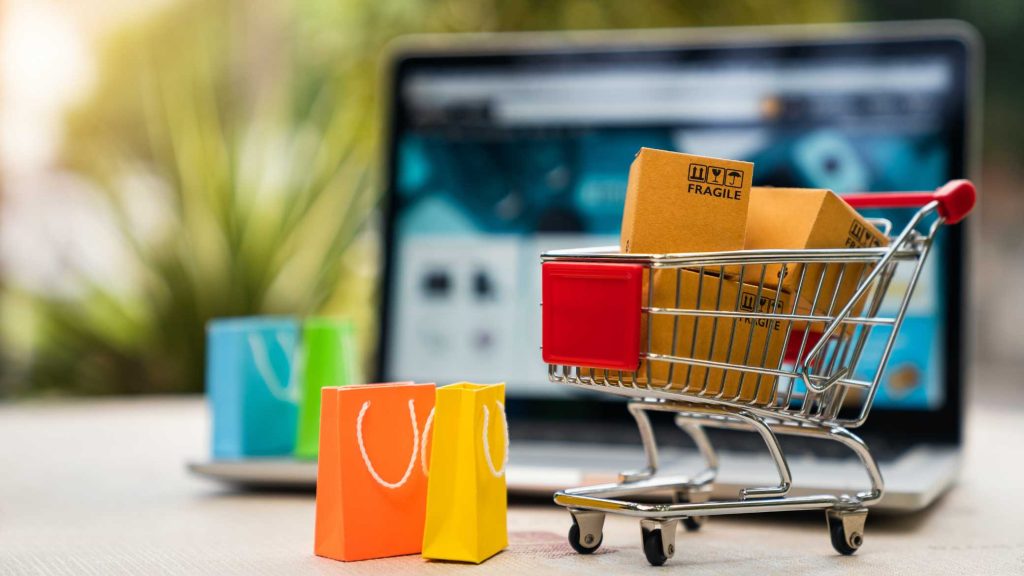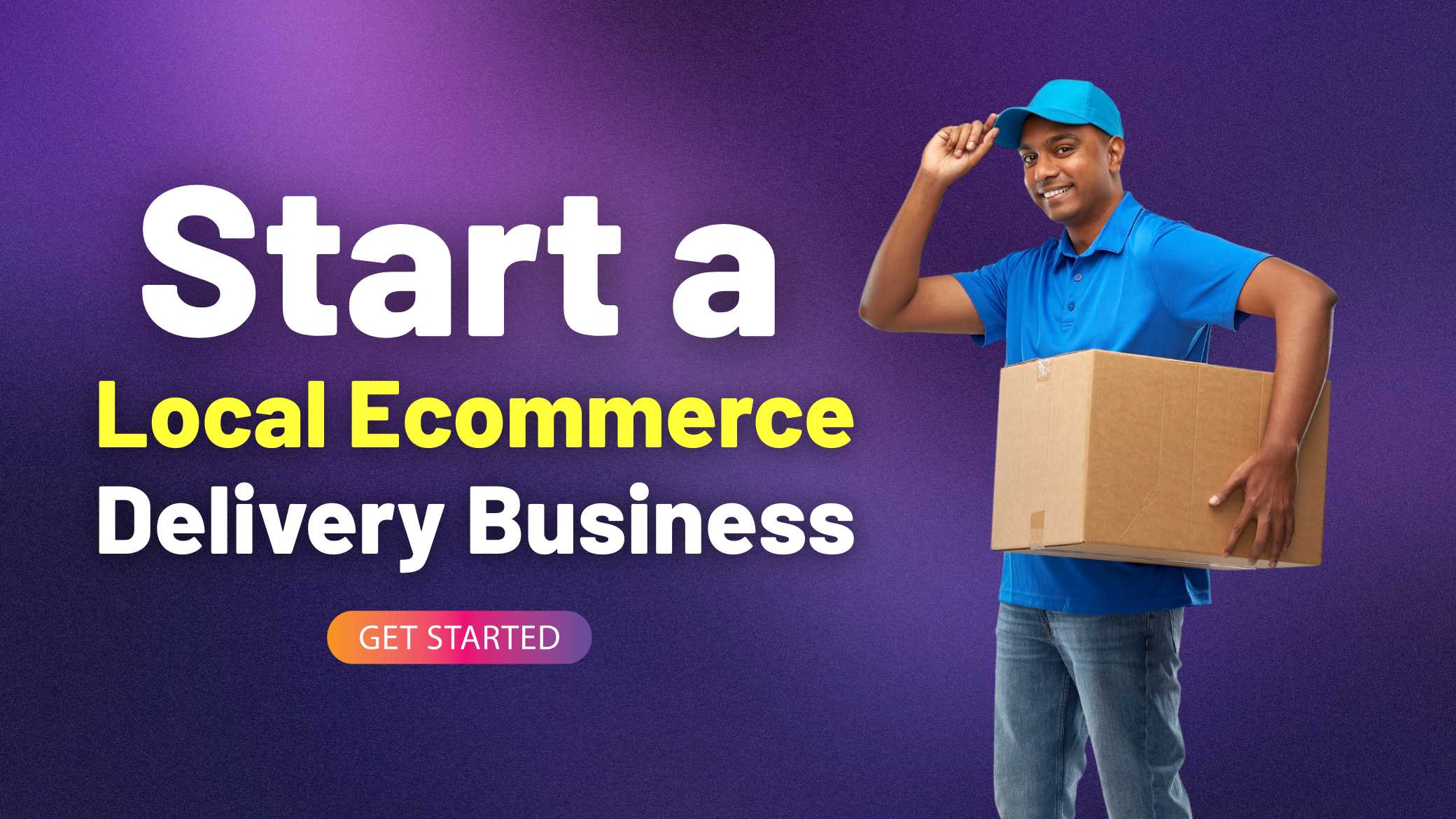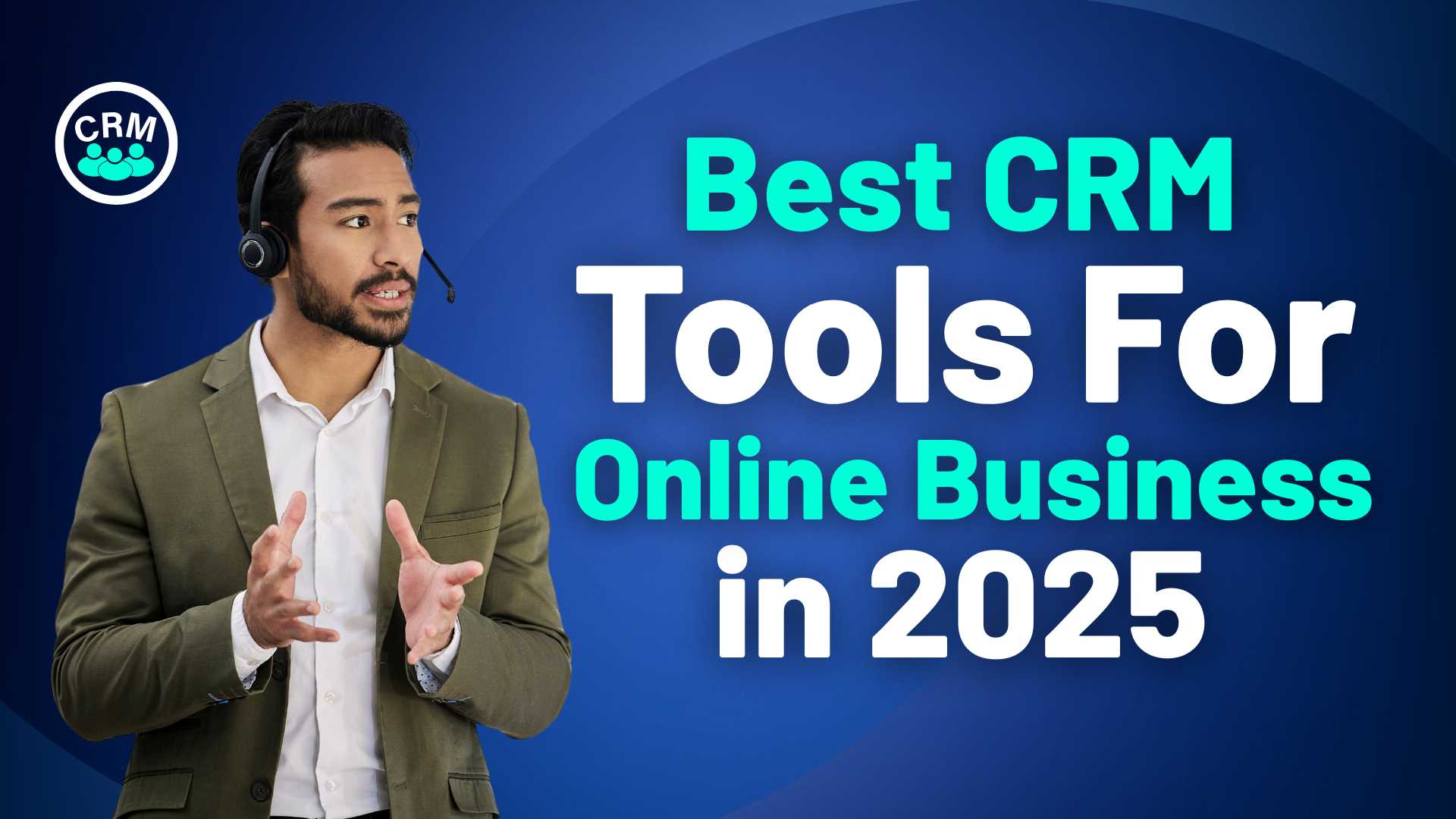Local Ecommerce Delivery Business : The rise of ecommerce has revolutionized the way people shop. Consumers today prefer to buy products online and receive them at their doorstep, often within hours. In this evolving digital ecosystem, local ecommerce delivery businesses are emerging as the backbone of the last-mile delivery network. If you are an entrepreneur looking to tap into the booming ecommerce market in 2025, starting a local ecommerce delivery business could be a game-changing venture.
Table of Contents
This comprehensive guide will walk you through every aspect of launching and scaling a successful local ecommerce delivery business, including market research, business model development, operational setup, marketing strategies, technology tools, and future trends. With high competition and high customer expectations, understanding the industry’s dynamics is critical to establishing a sustainable and profitable business.
Understanding the Ecommerce Delivery Landscape in 2025

The ecommerce industry in 2025 is experiencing rapid growth, especially in tier 2 and tier 3 cities. With increased smartphone penetration, improved internet connectivity, and the growing demand for convenience, the volume of online orders is skyrocketing. The key factor contributing to customer satisfaction is delivery speed and reliability. Global giants like Amazon and Flipkart have set high standards in terms of quick and efficient delivery, prompting small businesses and startups to follow suit.
Also Read : Best Ecommerce Platforms for Beginners in 2025
Local ecommerce delivery businesses play a crucial role in connecting sellers and buyers within a specific geographic region. These hyperlocal delivery services cater to small retailers, restaurants, pharmacies, and ecommerce platforms that do not have a dedicated delivery team. By focusing on a limited area, these businesses can offer faster deliveries, better customer service, and reduced logistics costs, making them an attractive option for local commerce.
Why 2025 Is the Perfect Year to Start a Local Ecommerce Delivery Business
Several market trends make 2025 an ideal year to enter the local ecommerce delivery space:
- High Demand for Same-Day Delivery: Customers expect faster fulfillment, and businesses are increasingly outsourcing deliveries to local partners to meet this demand.
- Rise of D2C Brands: Direct-to-consumer brands need efficient local delivery networks to serve their customers without relying on large courier companies.
- Growth of Local Marketplaces: Platforms like Dunzo, Swiggy Genie, and UrbanClap have shown the potential of hyperlocal delivery services.
- Government Initiatives and Digital India Movement: Supportive policies and the push for digital inclusion have made it easier to start and run tech-driven delivery operations.
Step-by-Step Guide to Start a Local Ecommerce Delivery Business
Step 1: Conduct Market Research and Competitive Analysis
Start by analyzing your local area. Identify the demand for delivery services among ecommerce sellers, grocery stores, restaurants, and medical shops. Understand your competition—who else is offering similar services? What are their pricing models? What are their strengths and weaknesses?
Key Research Parameters:
- Geographic coverage
- Consumer demographics
- Delivery frequency
- Peak hours and demand zones
- Existing logistics players
- Local regulations and compliances
Step 2: Choose a Profitable Niche
You can specialize in one or more niches depending on your market research. Common niches include:
- Grocery and essentials delivery
- Restaurant and food delivery
- E-commerce parcel delivery
- Pharmacy and healthcare delivery
- Courier and document delivery
- Flower and gift delivery
Focusing on a niche helps you develop tailored solutions, target the right audience, and optimize delivery routes efficiently.
Step 3: Register Your Business and Get Legal Approvals
Form a legal business entity like a sole proprietorship, partnership, LLP, or private limited company. Register with the Ministry of Corporate Affairs (MCA) and obtain the following:
- GST Registration
- Shops and Establishment License
- FSSAI License (if delivering food)
- Delivery Vehicle Permits
- Insurance for fleet and staff
Ensure compliance with local municipal rules and traffic regulations to avoid fines and interruptions.
Step 4: Build a Solid Business Model
Your revenue model must be clear. Here are some common options:
- Pay-per-delivery: Charge businesses or customers per successful delivery.
- Subscription model: Charge local businesses a fixed monthly fee for unlimited or bundled deliveries.
- Commission-based: Take a cut from each order value.
- Freemium: Offer basic services free and charge for priority or express deliveries.
Determine your pricing strategy based on delivery distance, weight, time, and type of product. Factor in fuel costs, labor, maintenance, and operational overheads.
Step 5: Set Up Operations and Logistics Infrastructure

Your delivery operations will be the core of your business. Key components include:
- Delivery Fleet: Start with a small fleet of two-wheelers or electric scooters. As you scale, include vans or cargo bikes.
- Warehouse or Hub: Establish a small warehouse or hub for sorting and dispatching packages.
- Manpower: Hire delivery staff with local knowledge, preferably on a freelance or part-time basis initially.
- Equipment: GPS devices, mobile phones, delivery bags, and safety gear are essential.
Train your delivery personnel on customer handling, time management, navigation, and emergency protocols.
Step 6: Integrate Technology Solutions
Invest in a robust delivery management system to streamline operations. Must-have tech tools include:
- Delivery Management Software: Automates order assignment, tracking, routing, and notifications.
- Mobile App for Delivery Partners: Allows staff to accept orders, update delivery status, and navigate routes.
- Customer App or Website: Enables users to schedule deliveries, track parcels, and make payments.
- Payment Gateway: Integrate digital payment options like UPI, wallets, credit/debit cards, and COD.
- Analytics Dashboard: Monitor KPIs like delivery time, order volume, revenue, customer satisfaction, etc.
Some popular tools include Tookan, Shipday, Onfleet, and custom-built apps using platforms like Flutter or React Native.
Step 7: Develop a Local Marketing Strategy
Promoting your delivery business in the local community is essential for customer acquisition. Effective strategies include:
- Local SEO: Optimize your website for keywords like “delivery service near me,” “fast courier in [city],” etc.
- Google Business Profile: Register and actively update your Google listing for local visibility.
- Social Media Marketing: Use Facebook, Instagram, and WhatsApp to reach local audiences with offers and testimonials.
- Referral Programs: Incentivize existing customers to refer your services to others.
- Partner with Local Sellers: Collaborate with ecommerce vendors, shops, and D2C brands for exclusive delivery tie-ups.
- Flyers and Banners: Distribute printed materials in high-traffic areas like markets, schools, and housing societies.
Step 8: Focus on Customer Experience
Delivering packages isn’t just about transportation—it’s about providing convenience, reliability, and trust. Ensure:
- On-time delivery commitment
- Real-time order tracking
- Friendly customer support
- Easy return and refund processes
- Personalized delivery options (scheduled or express)
Loyal customers drive repeat business, so prioritize their satisfaction through consistent service and feedback collection.
Step 9: Manage Finances and Optimize Costs
Control your costs while scaling. Key financial tips:
- Use route optimization to reduce fuel usage
- Shift to EVs for cost-effective deliveries
- Leverage freelancers and gig workers
- Monitor idle time and delivery density
- Use digital accounting software for bookkeeping
Funding can be bootstrapped, or you can approach angel investors, government MSME schemes, or crowdfunding platforms for expansion.
Step 10: Scale and Expand Your Business
Once your local delivery business gains traction, consider scaling:
- Add new service areas or city zones
- Partner with national ecommerce platforms as a local delivery agent
- Create franchise opportunities for other entrepreneurs
- Launch a B2B logistics wing for bulk orders
- Offer warehousing and fulfillment services to sellers
Top Ecommerce Delivery Business Trends in 2025
To stay ahead in the competitive landscape, stay updated with these ecommerce delivery trends in 2025:
- Green Logistics: Use electric vehicles and eco-friendly packaging to appeal to conscious consumers.
- AI-Powered Routing: Leverage artificial intelligence to optimize delivery routes and reduce delays.
- Contactless Delivery: Continue offering zero-contact delivery options post-pandemic.
- Real-Time Order Tracking: Customers demand live updates and estimated time of arrival.
- Voice Search Optimization: Make your website voice-friendly for users finding local services via smart assistants.
- Subscription-Based Delivery: Offer subscription plans for daily deliveries like milk, groceries, and medicines.
Challenges and How to Overcome Them
- Traffic and Route Delays: Use GPS-based route planning and real-time navigation.
- High Operational Costs: Outsource non-core functions and automate routine tasks.
- Staff Retention: Provide performance-based incentives and flexible working hours.
- Customer Complaints: Set up a 24/7 support line and handle feedback professionally.
- Technical Glitches: Regularly update your software and have a backup plan for app downtime.
Conclusion

Starting a local ecommerce delivery business in 2025 can be a profitable and scalable venture if approached strategically. With the ecommerce ecosystem thriving and consumer expectations rising, the demand for efficient, reliable, and hyperlocal delivery solutions is at an all-time high.
Buy Now : 100+ Shopify Premium Themes
Whether you’re serving small online retailers or local grocery stores, the key to success lies in understanding your market, leveraging technology, and delivering exceptional customer service. By following the comprehensive steps outlined in this guide, you’ll be well on your way to establishing a successful local ecommerce delivery company that meets modern demands and drives real value in your community.
Disclaimer: This article is for informational purposes only. Business setup, legal registration, and local licensing requirements vary by region. Consult with a professional business advisor or legal expert before making investment decisions.








